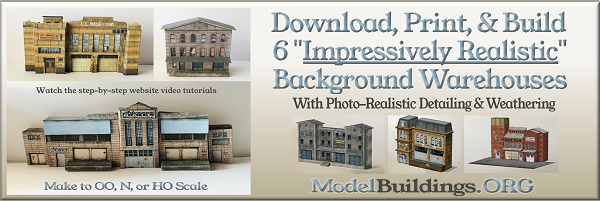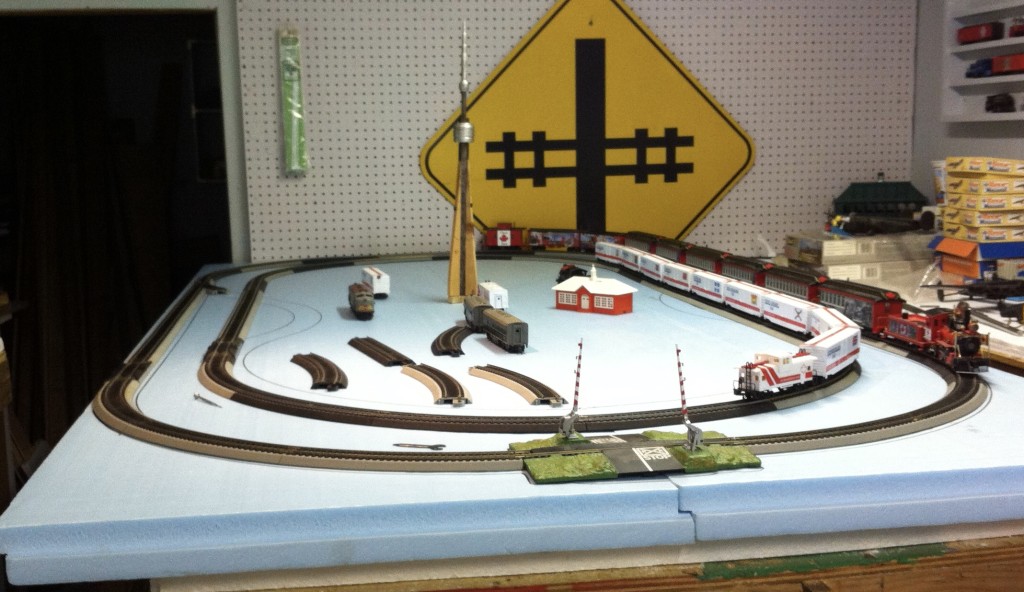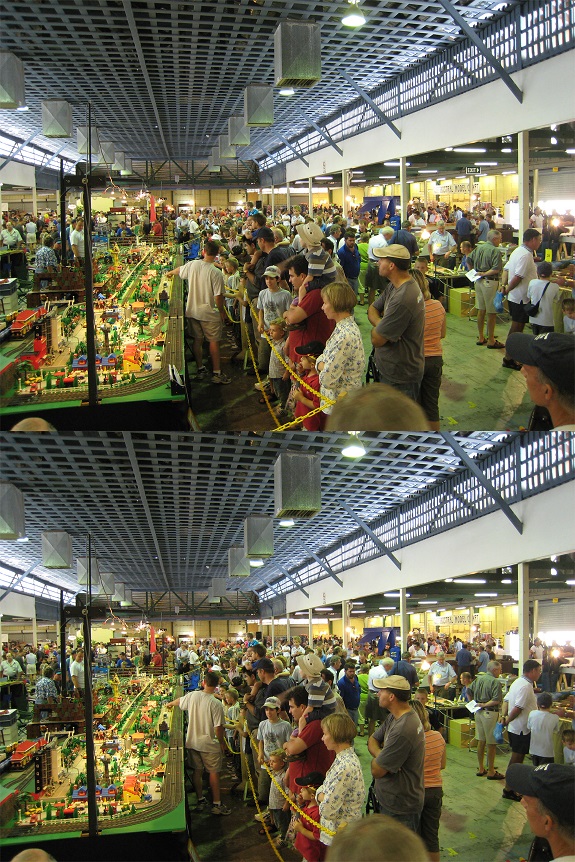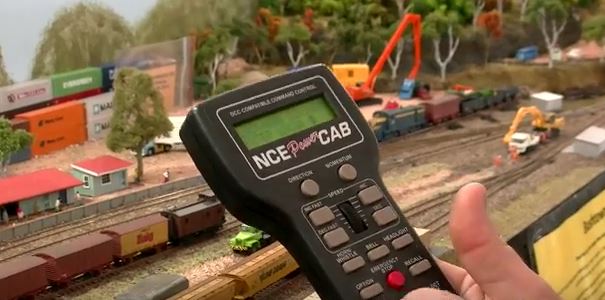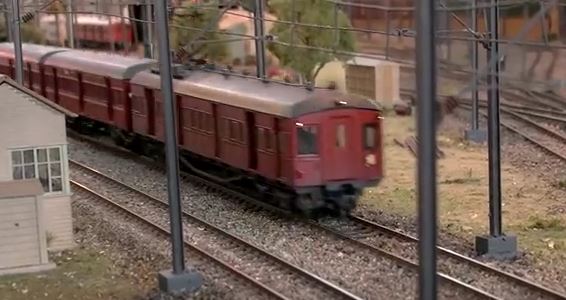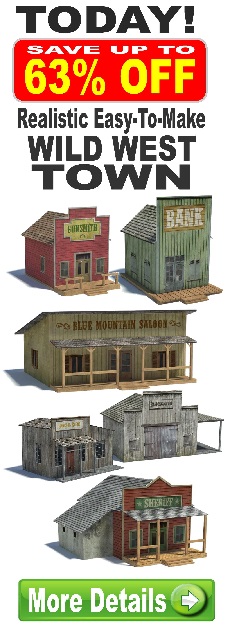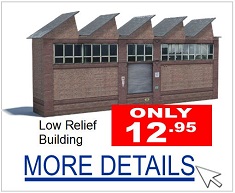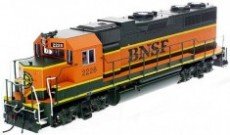Everything on model trains, model railroads, model railways, locomotives, model train layouts, scenery, wiring, DCC and more. Enjoy the world's best hobby... model railroading!
How To Create Support & Protection For Portable Layout
Dan asks readers this question:
“I am currently putting together my first portable layout to display on Canada Day. I am using two 2×8 foot pieces of 2″ styrofoam SM as the layout surface which will run two separate oval tracks. My current struggle is designing a frame that the styrofoam will sit inside of and hold all together plus provide a No Touch zone and derail barrier. I do not plan on adding legs at this stage as time is limited. I will be setting it up on some fold out tables at our town hall.”
To submit a question use the ‘Ask A Question’ link below any post. To add a comment or to answer a question use the COMMENTS link below the post.
Problems With Peco Turnout Motor
Asa models N scale and asks readers:
“ I have Peco turn out motors. And I have attached to the bottom a switch that controls dwarf lights. When I hook it up to the ac side of my transformer it works fine. When I put the turn out track on it does not work at all. I pulled the little spring that keeps the points in place and it went back to work fine. I’m I doing something wrong or could my transformer be weak or is there something else I should be doing? I would like to keep the spring because it does a very go job of holding the points in place. the ac voltage is 20. ”
Spot The Difference At This Model Train Show
Here’s another in our popular “Spot the Difference” series. This week it is crowd a scene from a model train show. In all there are 9 differences between the two photos. If you find it easier to view the photos horizontally you can see enlarged images here…
Add your answers by using the COMMENTS link below.
You can see enlarged images here…
Do You Need Blocks with a DCC System?
This article kindly contributed by club member Jim P.
If you grew up with a DC system, then you will be familiar with the term “Blocks.” Having blocks on a DC model train layout is basically the process of separating the railroad trackage into sections, so as to control one locomotive independently of another loco in a neighboring block.
If you think of how real railroads operate, they typically divide mainlines into blocks, which are assigned signals to keep railroad traffic on the right track and at a safe distance or separation.
The question that often gets asked is, “Will I still require blocks with DCC?”
In theory you won’t need blocks as in the conventional sense. However, with DCC systems, blocks are regularly utilized to operate signal systems as well as to isolate problems. Blocks are necessary when using block detection, or polarity reversing sections i.e. wyes, turntables, or balloon tracks which are like a big loop tracks with a single switch to enter and exit. It’s worth noting that a reversing section will need to be at the very least the length of the longest train. This is especially so, if the train has passenger cars, or a lighted caboose.
Read more on DCC wiring techniques here…
Blocks for that purpose might be sufficient on some small model railroads, but incorporating more blocks would be beneficial on bigger layouts. Having additional blocks would certainly prove an asset on a layout operated by more than one person, or for one that is larger than would fit onto a standard sheet of plywood. Take it from me… it is so much easier to troubleshoot and isolate problems with blocks in place.
That said; a typical DCC layout won’t usually require as many blocks as would have been necessary on a conventional DC layout, but having some blocks will at least make it easier to locate and fix problem that might otherwise be difficult to pin down. Besides, without having blocks it might be necessary to shut down the entire DCC layout if there’s a short… and that not something any of us would want to do.
Upper Level Track Clearance And Gradient
Shane models HO and asks readers:
“I want to run a double track to a proposed new upper level on my 4×9 setup and want to know how high to make it above the lower level. I don’t want the gradient too steep but still want enough clearance for access and for trains to run under the top level. Sorry if that sounds confusing.”
Changing Snap-In Rapido Couplers to Knuckle Couplers
Graeme operates N scale and his question to readers is:
“Hi guys i recently bought a few Fleischmann carriages with snap in Rapido couplers, I would like to change them to snap in knuckle couplers. I found some but don’t really want to pay $100 for 5 couplers that includes post from England to Australia, I think that’s a bit over the top. Any ideas?”
If you would like to ask a question on this blog (10,000 readers weekly), send it to the Blog Moderator for consideration here.
Loco Made Using a Stanton Drive 4 Wheel Truck and Dummy
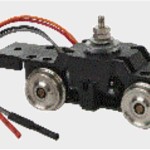 Reader Robert models HO and asks this question:
Reader Robert models HO and asks this question:
“I have made a loco using a Stanton drive 4 wheel truck and dummy. It runs OK on the flat or running up grade, when descending grades it runs with a very jerky motion. Any suggestions on how to remedy the problem?”
Railroad Crossword Puzzle #2
This is the second railroading crossword puzzle in our new series. You can download and print out the clues and download a bigger PDF version here. On that page click on the Puzzle #2 link where there is also a link to download the answers if you get stumped.
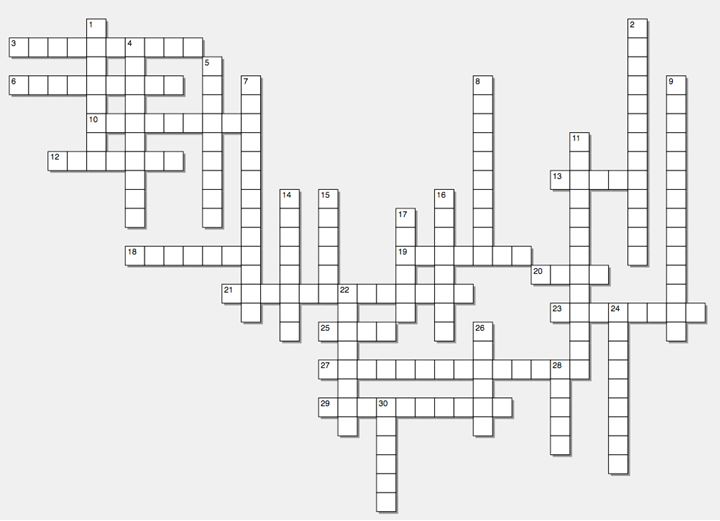 Print out the PDF (see link above) to print out the puzzle and answers, or you can post your answers using the COMMENTS link below this post.
Print out the PDF (see link above) to print out the puzzle and answers, or you can post your answers using the COMMENTS link below this post.
ALSO, it would be great to get some feedback on the idea of including the occasional Word Search or Crossword puzzle on the blog (relating to railroading). If you think it is a crazy idea say so. If you would like to see more crossword puzzles – post your feedback using the COMMENTS link below. And, if you have any other bright suggestions, you can post those too.
Powering LED Lights for Passenger Coaches
Schalk models N scale and asks readers:
“I want to install LED lights in my N Scale (DC) passenger coaches (Atlas, Bachmann, Model Power, etc.) without using power from the tracks. I want the lights to remain on when a train is stationary (waiting for signals, standing in a station). Is there an easy way to install LED’s with their own power source in passenger cars, and most importantly how can they be switched off? Thanks.”
Using Crushed Limestone Parking Lots and Roadways
Richard sent in this question for readers to comment on:
“I have been using ‘Chicken Grit’ to form side roads and parking areas around grain mills, and other rural buildings. The ‘grit’ is usually mixed with chicken feed since they need a form of ‘grit’ to aid digestion. Grit can be granite, sea shells, etc that is ground, however I have been unable to find small enough grit (HO size) in familiar yellow/brown colors of crushed limestone used here in upper Midwest of USA. Thus I have had to airbrush the grit to the proper color and then when dry (had to spread to paint) then collect and spread on a base of white glue and water to allow it to adhere to the sub-base of lot or roadway. Just wondering if/what others might use to obtain similar lot and road cover in the light yellow/tan color. Most grit is a bit too large and sand seems a bit to fine. Thanks for any comments of suggestions.”
How Did You Get Started In Model Railroading?
In the 6 April Posting we asked “What Do You Like Most About The Hobby?” and got some great feedback from readers.
This week the question is “How did you get started in the hobby?” Feel free to share your story using the COMMENTS link below. I’m sure others would like to hear what got you started with model trains. Submit your comments to the Blog Moderator using the link below.
